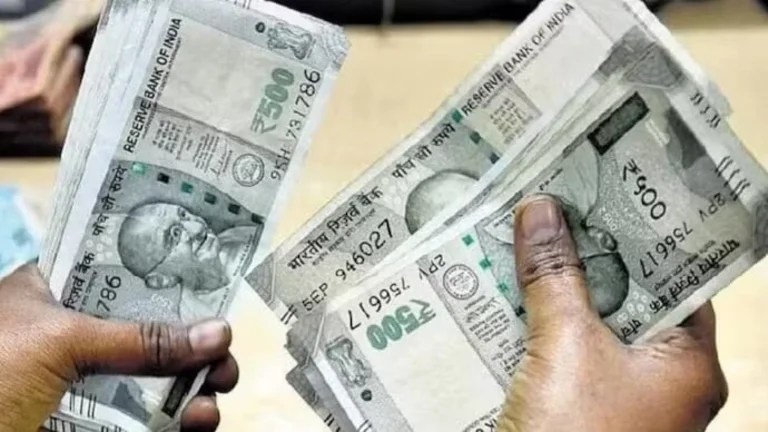8th Pay Commission: There has been a request submitted to the Centre to form the 8th Pay Commission soon. The basic salary, allowances, pension, and other benefits for central government employees and retirees are to be revised by this panel. According to Economic Times, a letter to the Cabinet Secretary of the Government of India, Shiv Gopal Mishra, Secretary of the National Council (staff side, Joint Consultive Machinery for central government employees), emphasised the necessity of the 8th Pay Commission. Below is a summary of the main issues brought up in the proposal.
What is a Pay Commission?
Every 10 years, a central pay commission is usually established to examine and suggest modifications to the salary structure, perks, and allowances for central government personnel. Former Prime Minister Manmohan Singh established the Seventh Pay Commission on February 28, 2014, and its recommendations become operative on January 1, 2016. It is anticipated that the 8th Central Pay Commission, the next pay commission, would take effect on January 1, 2026.
Current Status of the 8th Pay Commission
The 8th Pay Commission’s constitution has not yet been officially announced by the Centre. With the recent end of the 2024 Lok Sabha Elections and the re-election of the Modi administration, more than one crore workers in the central government are anticipating news regarding the most recent pay commission.
Why is There an Urgent Need for the 8th Pay Commission?
Inflation and Dearness Allowance (DA)
Mishra pointed that compared to pre-COVID levels, post-COVID inflation has dramatically increased. The retail costs of necessities have soared by more than 80% between 2016 and 2023, however as of July 1, 2023, the Dearness Allowance given to employees has only increased by around 46%. This discrepancy underlines how urgently DA needs to be revised.
Government Revenue and Paying Capacity
Between 2015 and 2023, the revenue of the central government doubled. Income tax revenues in FY 2022–2023 totaled Rs 9,60,764 crore, indicating a rise of 24.23% over the previous year. The GST collection in April 2023 alone was Rs 1.87 lakh crore. In 2022–2023 there was a 7.21% increase in indirect tax collections, totaling 13.82 lakh crore. Mishra asserted that the government can now pay more than it did in 2016 because of its increasing earnings.
Decrease in Staff Strength
With almost 10 lakh Vacancies, the number of central government employees has declined dramatically over the previous ten years. Due to this, current workers now have more work to do, which underscores the necessity for a salary adjustment.
Expenses on Wages and Pensions
In 2020–21, the real costs of salaries and benefits for central government employees made up just 7.29% of the total revenue expenditure. Approximately 4% of the entire revenue expenditure went towards pension costs. Mishra proposed raising central government employees’ salaries and benefits in light of these numbers.
Demand for Periodic Review of the Pay Matrix
Mishra recommended that the pay matrix be reviewed periodically without waiting for a ten-year gap. He proposed using the Aykroyd formula, which considers changes in the prices of commodities that constitute a common man’s basket, as a basis for these periodic revisions.
No Decision on Restoring the Old Pension Scheme
The letter also made clear that the Old Pension Scheme has not yet been restored by the government. The National Pension System (NPS), which requires over 20 lakh civilian central government employees to contribute 10% of their base salary and DA, lowers their take-home income, is presently in effect. The employee side has called for the elimination of NPS and the return of the previous pension guidelines for workers hired after January 1, 2004.
Keep watching our YouTube Channel ‘DNP INDIA’. Also, please subscribe and follow us on FACEBOOK, INSTAGRAM, and TWITTER.










